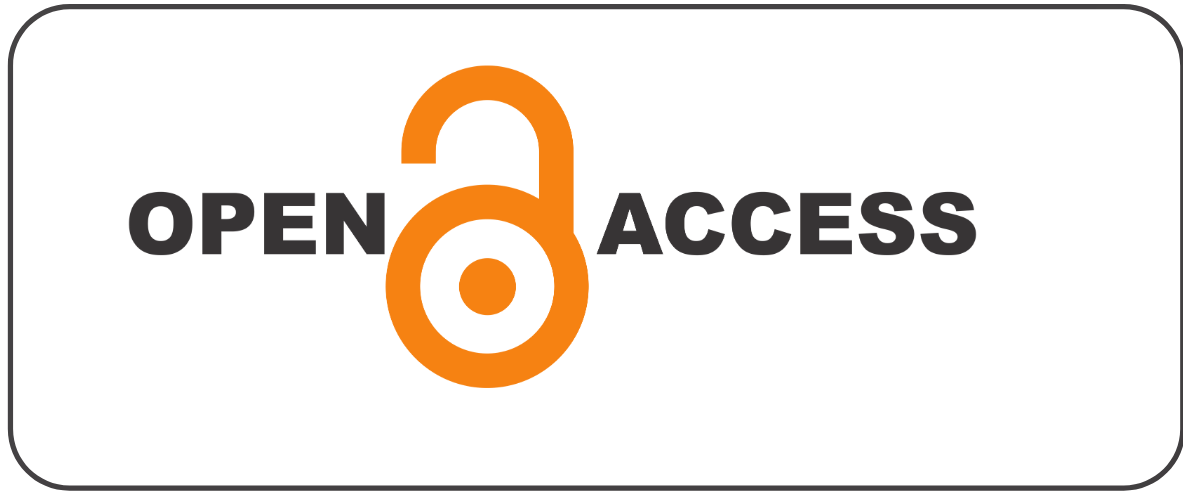Peer Review Process
Peer Review Process: A Comprehensive Overview
Evaluation Workflow: Double-Blind Peer Review
The evaluation of articles submitted to the International Journal of Applied Science follows a structured, two-phase system: an initial desk review and subsequent double-blind peer review.
- Desk Review
During this phase, editors examine submitted manuscripts anonymously—without disclosing the authors’ identities—to evaluate their alignment with the journal’s scope and their potential contribution to advancing knowledge in lapplied sciences, natural and social sciences industrial research materials science and technology, energy technology and society including impacts on the environment, climate, security, and economy, environmental sciences, physics of the games, creativity and new product development, professional ethics, hydrology and water resources, wind energy. When necessary, editors consult the scientific committee for input. This process occurs monthly. If a submission does not meet the journal’s standards, authors are notified within 15 days of submission. Articles that pass this phase are forwarded to two expert reviewers selected from the journal’s panel or external researchers with specialised knowledge of the manuscript’s topic. Reviewers are typically professors or researchers affiliated with domestic or international graduate programs.
- Peer Review
In this stage, reviewers assess submissions based on a detailed evaluation form, considering factors such as:
- Relevance to law and sustainable development;
- Clarity and coherence of writing;
- Theoretical rigor and logical structure;
- Use of relevant bibliographic sources;
- Soundness of methodology;
- Depth and consistency of analysis;
- Contribution and originality of conclusions.
This process can take up to three months. Authors are informed of the editorial decision after the review. If reviewers request revisions, authors may be granted 10–15 days, at the editor’s discretion, to implement the changes.
Following revisions, submissions undergo grammar and spelling checks, a review of journal compliance, and final editing. However, successful completion of this process does not guarantee immediate publication. Final publication decisions are made by the editors, who consider journal policies, editorial priorities, and scheduling.
Peer Review Specifics
Role of the Academic Editor
The Academic Editor determines whether additional reviews are necessary for a manuscript. Once reviewers accept the assignment, they are generally allotted 10 days to complete their evaluation. Authors are kept informed of any delays in the process.
Anonymity of Reviewers
Reviewers’ identities remain anonymous unless they choose to disclose them.
Number of Reviewers
Typically, manuscripts are reviewed by two external experts. However, the Academic Editor may decide to involve additional reviewers if needed.
Status Updates for Authors
When the required reviews are complete, authors may see the status “Required Reviews Complete.” However, additional reviews might still be pending.
Editorial Decisions
The Academic Editor makes the final decision on each manuscript, based on the peer reviews and their own assessment. Authors are notified via email and the submission system once the decision is finalized. During this period, the status “Decision in Process” will be visible to authors.
Possible Outcomes:
- Accept
- Minor Revision
- Major Revision
- Reject








 Licensed under CC BY 4.0 International.
Licensed under CC BY 4.0 International.